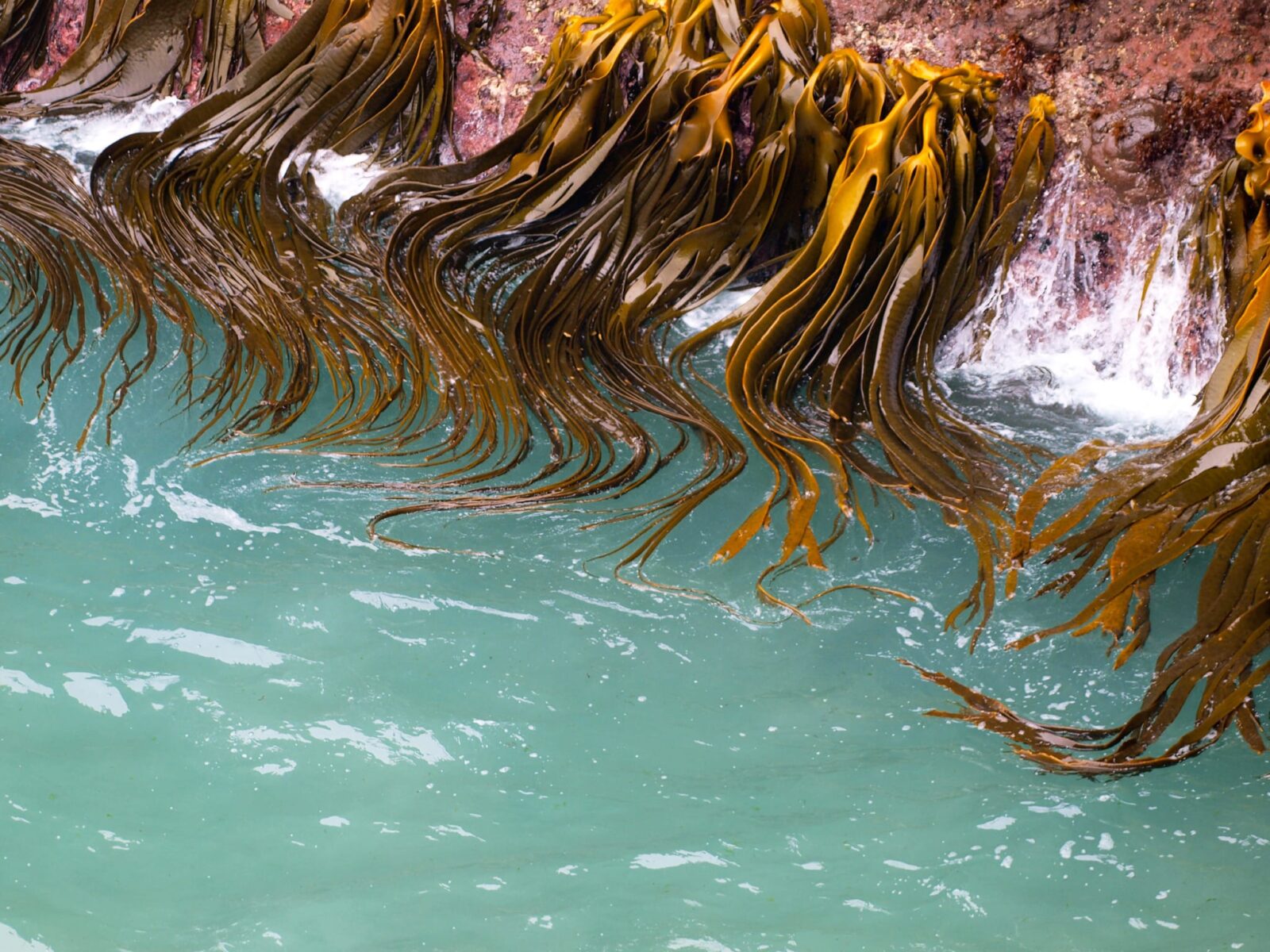Seven women, seven ideas: 2026 AgriFutures Rural Women’s Acceleration Grant recipients
 SEAWEED AND ALGAE / Wednesday, 17 July 2024
SEAWEED AND ALGAE / Wednesday, 17 July 2024
AgriFutures Australia’s research reveals the practicalities of using seaweed in agriculture

Australia’s extensive temperate coastline and ancient land position it as one of the world’s most biodiverse regions for seaweeds. Featuring a diverse array of species, these marine organisms offer a rich composition of protein, carbohydrates, fibre, fatty acids, and minerals, earning them the moniker of agriculture’s ‘green gold’.
AgriFutures Australia embarked on a research project funded through their Business Innovation Grant round, to investigate the viability of seaweed as a profitable feed option for livestock.
The Investigating the use of seaweed as silage in feed for ruminant livestock project aimed to unveil opportunities and obstacles associated with utilising seaweed as silage in ruminant livestock feed, as beef and dairy producers increasingly adopt silage as a year-round supplement.
Seaweed boasts impressive nutritional qualities and is 10-20 times richer in minerals than terrestrial plants. This study has uncovered the practical challenges which need to be considered, when considering its use as an agricultural input.
FOCUS Pty Ltd, Director, Dr Jane Stanley, explained that one of the researchers she had been working with had seen evidence that ensiling seaweed would make it more digestible for livestock. Unfortunately, the practicality of producing seaweed on a commercial scale turned out to be more challenging than anticipated.
“We found that producing seaweed silage on a farm scale just wasn’t feasible. Farmers would need to source their own seaweed and prepare it for ensiling which proved to be a really labour-intensive process that just wasn’t practical,” Dr Stanley said.
Further, the research found that farmed seaweed is not a cost-effective option as a source of feedstock for silage or other agricultural purposes due to the high production costs and competition from other markets, notably nutraceuticals.
“Seaweed does have some potential for use in agriculture,” Dr Stanley explained, “though these uses need to compete with other products and cost-benefit analyses need to be undertaken to determine any additional co-benefits.”
The potential uses for seaweed were outlined in the Practical use of seaweed as a farm input fact sheet, which explores a number of options, from its potential as an alternative to synthetic fertilisers to acting as a methane suppressant in ruminant livestock.
Overcoming regulatory hurdles to unlock the full potential of seaweed
Despite the challenges in seaweed farming, there is still the potential to utilise wild-harvested seaweed for agricultural purposes. However, regulatory obstacles pose the primary barrier to harvesting wild seaweed, something that Dr Stanley believes could be changed.
“Australia’s current regulations around managing seaweed are very hands-off,” explained Dr Stanley. “These regulations restrict us from harvesting seaweed from where it is growing, as well as collecting it off the beach, which we call beach-wrack,” she said.
Excessive seaweed growth in the wild often results from pollution of waterways with nutrient run-off and it may be a beneficial intervention to harvest it. This is increasingly being realised overseas, and appropriate harvesting regimes are being established.
“While we know that seaweeds play a crucial role in water quality management and marine habitat preservation, it’s important that we strike a balance between conservation efforts and harnessing seaweed’s productive potential in agriculture,” she said. “In some circumstances harvesting seaweed may actually help in restoring ecological health.”
Dr Stanley suggests that given the recent advancements in our understanding of seaweed’s potential in agriculture and the availability of high-quality information, it’s time to reconsider Australian regulations. Her call to do so is outlined in the Seaweed Regulatory Reform Fact Sheet.
Senior Manager of Emerging Industries at AgriFutures Australia, Dr Olivia Reynolds, said
that the industry implications of this research are far-reaching and valuable.
“Seaweeds play a crucial role in enhancing food security and providing high-quality nutrition. It is imperative to safeguard the ecological balance of seaweed cultivation habitats to prevent harm to living organisms,” Dr Reynolds said. “This body of research emphasises practical ways for the industry to strike a balance between maintaining crucial marine habitats and productively using it in agriculture.
“Through initiatives like this, AgriFutures Australia remains committed to driving impactful research that will propel the industry forward,” Dr Reynolds said.
As Dr Reynolds affirms, collaborative efforts among researchers, policy makers, and industry stakeholders are key to unlocking the full potential of seaweed in agriculture and addressing current challenges.
For more information and to access the full report, visit AgriFutures Australia’s website here
Latest News
-
Seven women, seven ideas: 2026 AgriFutures Rural Women’s Acceleration Grant recipients WORKFORCE AND LEADERSHIP / 17.07.24
WORKFORCE AND LEADERSHIP / 17.07.24 -
Basil Nolan’s Les Young Scholarship experience ‘a dream come true’ THOROUGHBRED HORSES / 17.07.24
THOROUGHBRED HORSES / 17.07.24 -
17.07.24
Working Together to Strengthen the Regional Agricultural Workforce -
Building a healthier future for sheep: Meet Horizon Scholar Chloe Frank WORKFORCE AND LEADERSHIP / 17.07.24
WORKFORCE AND LEADERSHIP / 17.07.24






